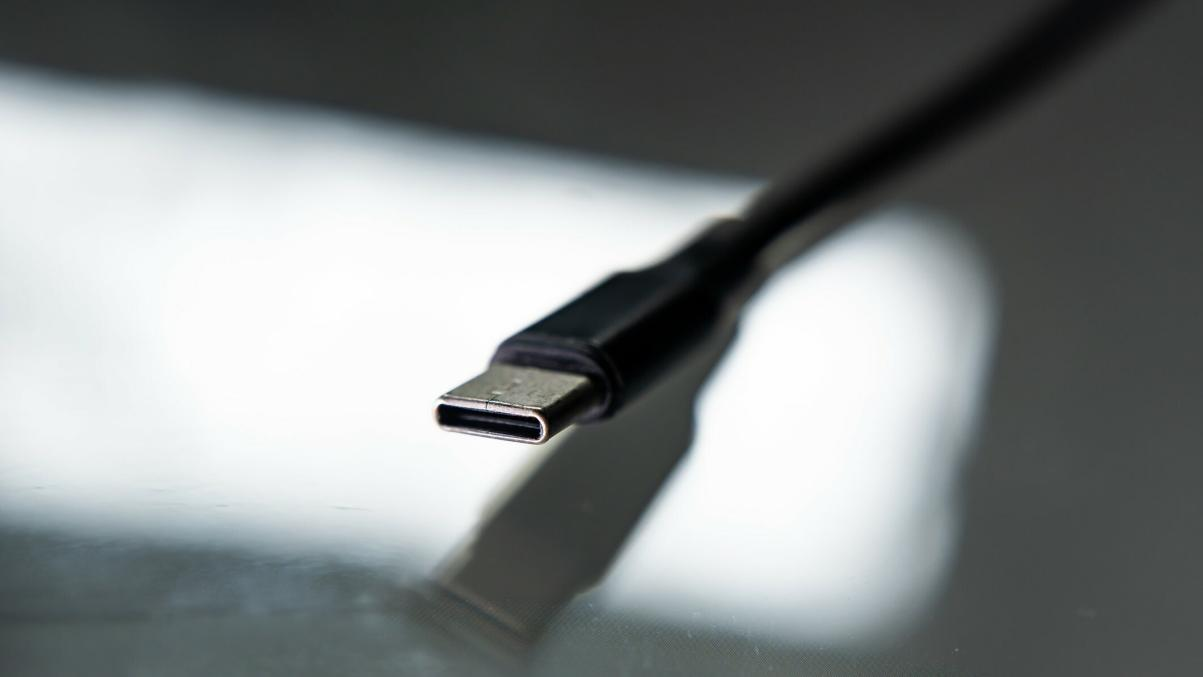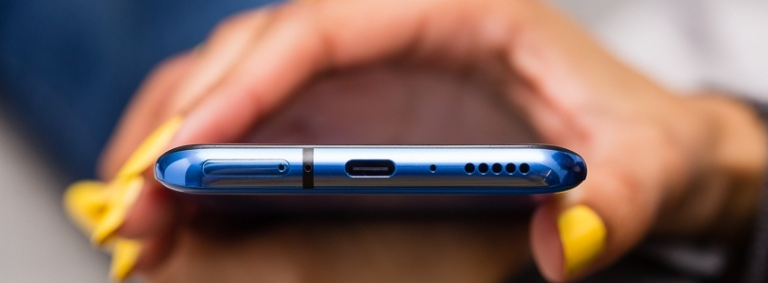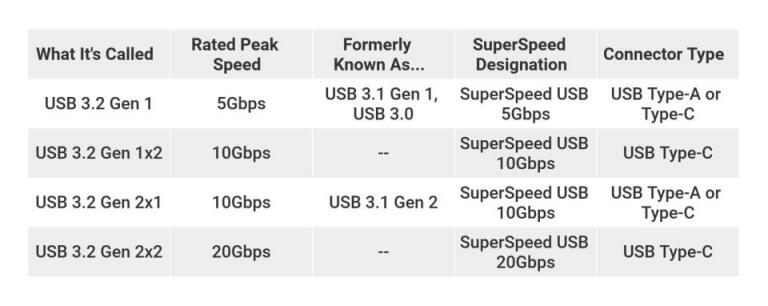What Is USB-C?
2023 - Jul - 07 Ulrica
With so many devices now featuring the interface, it's clear that the USB-C connector is here to stay. One day, it'll even show up on the Apple iPhone. Here's why that's a good thing—even if not every USB-C port is created equal.
USB-C is an industry-standard connector for transmitting both data and power on a single cable. The USB-C connector was developed by the USB Implementers Forum (USB-IF) (Opens in a new window), the group of companies that has developed, certified, and shepherded the USB standard over the years.
This broad acceptance by the big dogs is important, because it's part of why USB-C has been so readily accepted by PC manufacturers. Contrast this with the earlier Apple-promoted (and developed) Lightning and MagSafe connectors, which had limited acceptance beyond Apple products and became obsolete, thanks in no small part to USB-C.
USB-C is so broadly accepted that the European Union, hoping to simplify digital life, will require devices to use it for battery charging starting in 2024. That means future iPhones will have USB-C ports instead of Lightning connectors.
Is USB-C the Same as Micro USB or USB 3.0?
The USB-C connector looks similar to a micro USB or rectangular USB 3.0 connectors at first glance, though it's more oval in shape and slightly thicker to accommodate its best feature: flippability.

Like Lightning and MagSafe, the USB-C connector has no up or down orientation. Line up the connector properly, and you never have to flip it over to plug it in; the "right way" is always up. The standard cables also have the same connector on both ends, so you don't have to figure out which end goes where. That has not been the case with all the USB cables we've been using for the past 20 years. Most of the time, you have different connectors at each end.
USB-C and USB 3.2: The Numbers Beneath the Port
Where USB-C gets tricky is in the numbers that get attached to the ports. The most common speed that USB-C connectors are rated for is 10Gbps. (That 10Gbps is theoretically twice as fast as original USB 3.0.) USB-C ports that support this peak speed are called "USB 3.2 Gen 1x2."

As you can see above, some USB-C ports use the USB 3.2 Gen 2x2 specification, with maximum speeds of 20Gbps. The USB-IF decided on "2x2" because this standard doubles the data lanes within a USB-C cable to achieve the 20Gbps transfer speed. These ports have not been widely available. They will likely go by the wayside in favor of another emerging flavor of USB-C ports, supporting USB4, which the USB-IF has announced will eventually support data speeds up to 120Gbps.
- Preview:Null
- Next:New Coming USB Flash Drives Mold:USB-C Flash Drives



